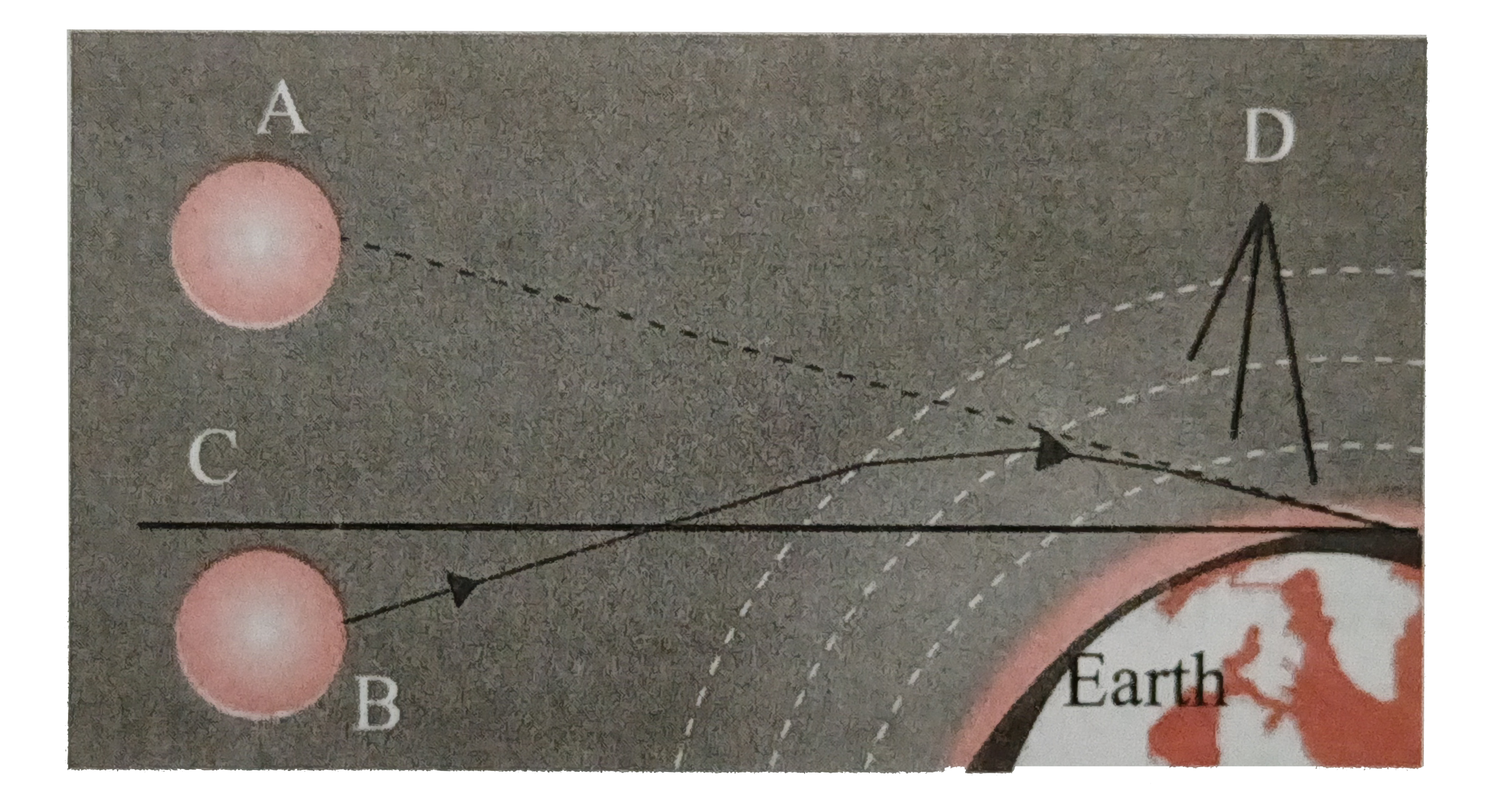Refer the graph of two enzymatic reactions and answer the following questions :
(a) What is denoted by plot A?
(b) What is denoted by plot B?
(c) What is C? What is the difference between C of A & B.
(d) What is allosteric modulation?
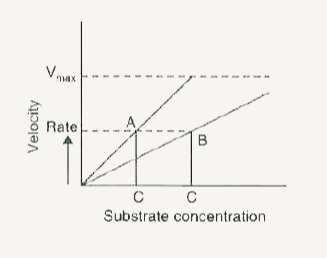
Plot A denote the enzyme substrate reaction which is high after reaching its maximum velocity due to high affinity between them . The rate of reaction is at a rapid state as compared to B .
(b) In plot B , the rate of reaction is slow as compared to plot A due to less affinity of enzyme for the substrate , but the increase in enzyme concentration increases the rate of reaction by producing more active sites to the substrates .
(c) C is the Michaelis constant (Km) Km is the concentration of a substrate required in order for an enzyme to act at half of its maximum velocity (Vmax) . The Michaelis constant is the measure of the affinity of an enzyme for a substrate . In A there is a high affinity for substrate than the affinity of enzyme in B .
(d) Allosteric modulation is the regulation of an enzyme or protein by binding an effector molecule at the protein.s activity are referred to as allosteric activators , whereas those that decrase the protein.s activation are called allosteric inhibitors . The term allostery comes from Greek allos "other" and stereos , "shape" , referring to the regulatory site of an allosteric protein.s being separate from its actives site . Allosteric regulation is a natural examples of feedback control .

Topper's Solved these Questions
- BIOMOLECULES Book:MODERN PUBLICATIONChapter:BIOMOLECULES Exercise:CHAPTER PRACTICE TEST (Section - E )
Explore 1 Video
- BIOMOLECULES Book:MODERN PUBLICATIONChapter:BIOMOLECULES Exercise:CASE BASED SHORT ANSWER TYPE QUESTIONS
Explore 1 Video
- BIOMOLECULES Book:MODERN PUBLICATIONChapter:BIOMOLECULES Exercise:CHAPTER PRACTICE TEST (Section - C )
Explore 4 Videos
- BIOLOGICAL CLASSIFICATIONBook:MODERN PUBLICATIONChapter:BIOLOGICAL CLASSIFICATIONExercise:CHAPTER PRACTICE TEST
Explore 16 Videos
- BODY FLUIDS AND CIRCULATION Book:MODERN PUBLICATIONChapter:BODY FLUIDS AND CIRCULATION Exercise:Chapter Practice Test
Explore 15 Videos
Similar Questions
Knowledge Check
A is 75% less than B and C is 75% of the difference between A and B. C is what percentage more than A?
A125B100C75D90
Based on the below diagram, answer the following question.
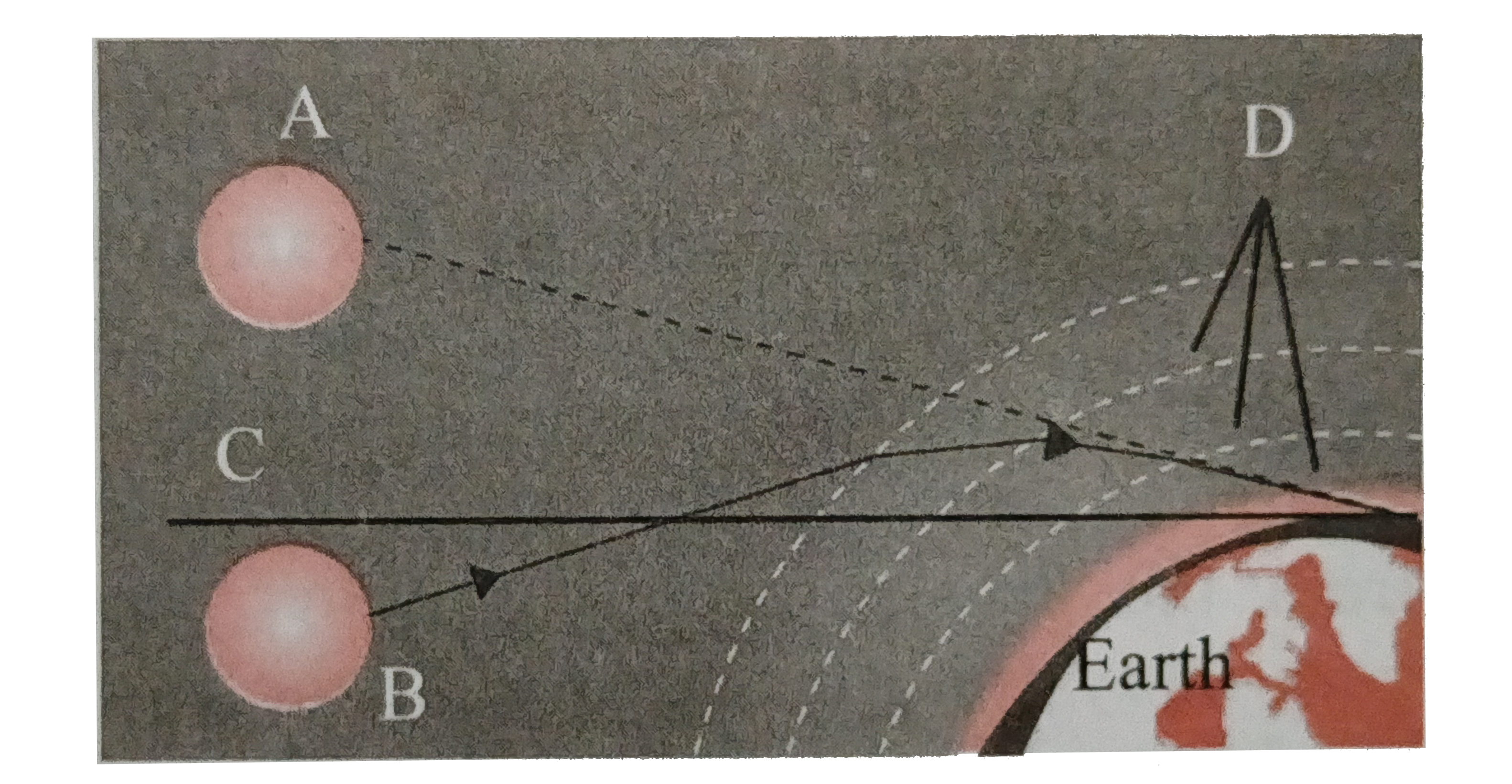
What do labels A and B denote?
View SolutionWhat are (A),(B) and (C ) in the following reactions ?

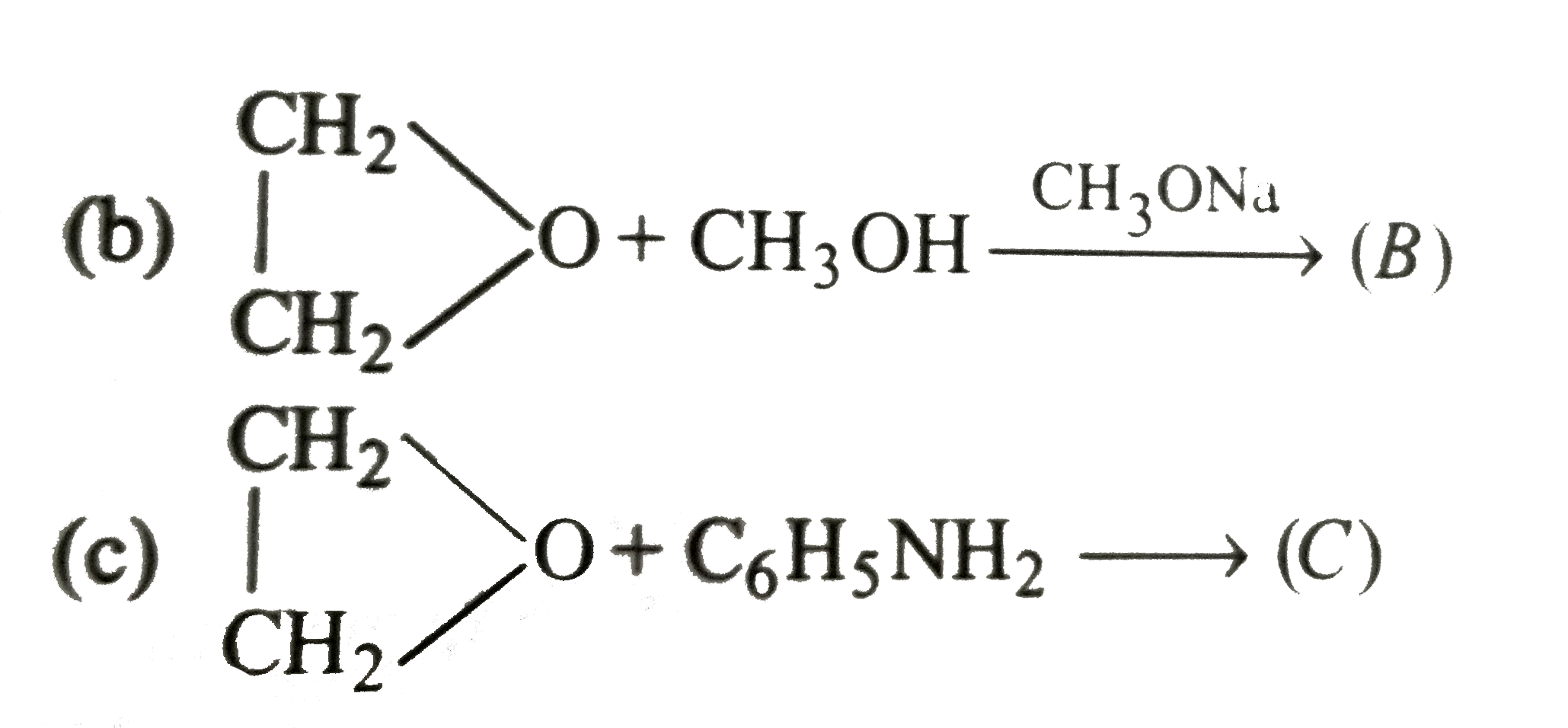
View SolutionObserve the figure and answer the following questions:
(a) What does A,B,C,D and E represent in the given figure?
(b) What type of embryo is shown in figure ?
(c ) What is the function of A and B ?

View SolutionObserve the following figure and answer.
(i) What is shown by this figure?
(ii) What is depicted by labels A,B,C,D and E.

View SolutionWhat are A, B and C in the following

View SolutionRead the bar graph carefully and answer the following questions.
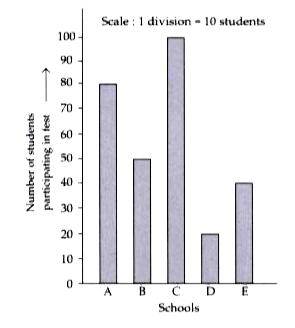 What is the difference between the numbr of students participated from school C and D ?
What is the difference between the numbr of students participated from school C and D ?
View SolutionObserve the figure and answer the following questions :
(a) What does the figure shows ?
(b) Label A, B and C
(c) Write the functions of A and C
(d) Which part is responsible for increase in growth of internode.
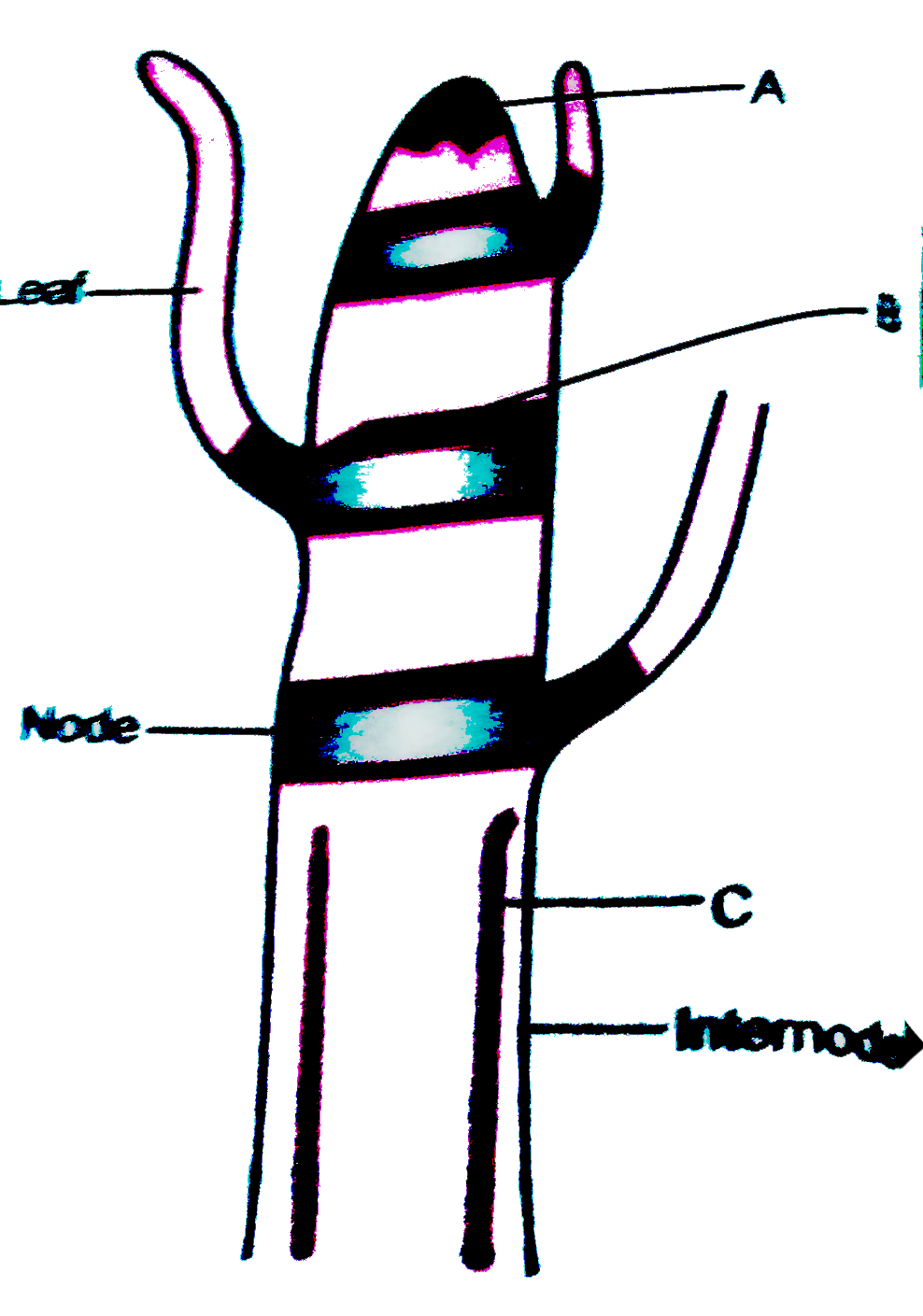
View Solution



